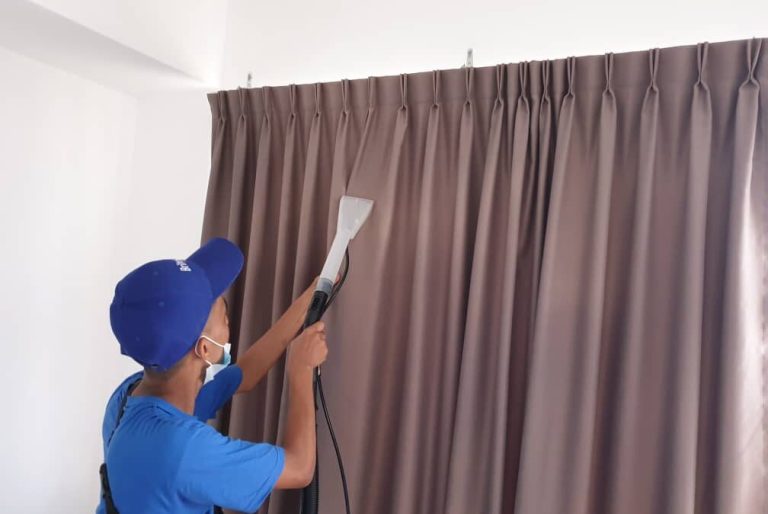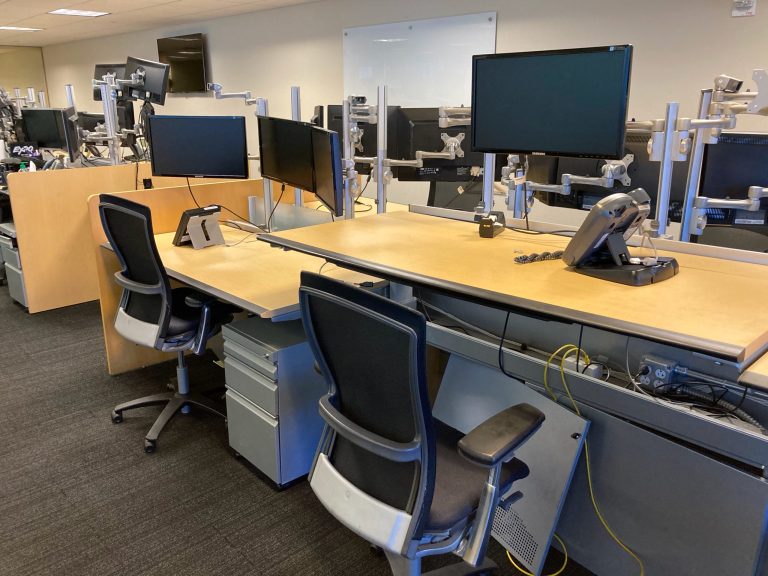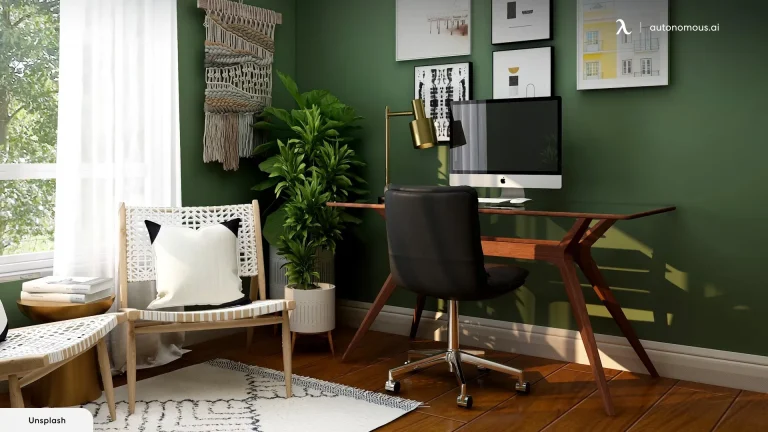The Vikings were seafaring people known for their exploration, raiding, and trading activities during the Viking Age, from the late 8th century to the early 11th century. Their weapons were central to their way of life, among which the ascia vichinga played a prominent role. While these axes were undoubtedly formidable weapons of war, evidence suggests they also served various practical purposes.
The Versatility of Viking Axes
Viking axes were designed with a distinct shape, featuring a broad cutting edge and a robust haft. This design allowed effective combat use but also lent itself to other applications. The versatility of ascia vichinga axes is evident in archaeological finds across different contexts, indicating their use beyond battlefields.
Woodworking and Carpentry
One practical application of Viking axes was in woodworking and carpentry. These axes were employed to fell trees, shape timber, and construct ships, buildings, and furniture. The sharp edge and sturdy construction of the Ascia Vichingas made it a reliable tool for carving, chopping, and shaping wood, enabling the Vikings to create intricate and durable structures.
Agriculture and Land Clearing
The agricultural lifestyle of the Vikings necessitated the clearing of land for cultivation. Viking axes were well-suited for this task, as they could efficiently chop down vegetation, clear fields, and prepare the ground for farming. Their versatility allowed the Vikings to adapt their axes for combat and practical farming.

Hunting and Survival
In addition to warfare and everyday tasks, Viking axes were utilized for hunting and survival. The Vikings relied on hunting for sustenance and utilized their axes to hunt game and prepare the meat for consumption. The axe’s sharp blade could effectively skin and butcher animals, aiding in procuring food during exploration or scarcity.
Domestic and Household Chores
Viking axes were not restricted to outdoor activities alone. They found utility within the domestic sphere as well. The Vikings used their axes for household chores such as cutting firewood, preparing meals, and general maintenance. The versatility and durability of these axes made them indispensable tools for everyday tasks.
Symbolic and Ceremonial Significance
Beyond their practical applications, Viking axes held symbolic and ceremonial significance. These weapons were often adorned with intricate engravings, symbolizing the status and achievements of their owners. Viking society placed great value on these symbolic representations, and Viking axes served as tangible expressions of power, honor, and cultural identity.
Ascia Vichingas, or Viking axes, were used for practical tasks in addition to their role in warfare. These versatile tools were employed in woodworking, agriculture, hunting, domestic chores, and more. Their sturdy construction, sharp edges, and adaptability allowed the Vikings to rely on them for various activities
















